As the global population grows, ensuring access to high-quality drinking water becomes increasingly crucial. Drinking water treatment plants play a pivotal role in converting raw water from diverse sources into a safe and potable resource.
In this blog post, we delve into the intricacies of drinking water treatment plants, exploring the processes that transform water from source to tap.
Throughout this exploration, we will also highlight how Transcend Design Generator (TDG) revolutionizes your drinking water treatment plants by integrating decisions and calculations from various engineering fields, producing unique and optimized designs.
The Importance of Safe Drinking Water
Access to safe drinking water is a fundamental human right and a critical factor in promoting public health. The World Health Organization estimates that nearly 2.2 billion people still lack access to safely managed drinking water services. Contaminated drinking water can cause waterborne diseases, leading to significant health issues and even fatalities, particularly in vulnerable populations.
Hence, prioritizing the enhancement of water treatment processes and technologies is imperative for safeguarding the well-being of communities worldwide.
Understanding the Water Source: Identifying Water Sources for Treatment
Before diving into the treatment processes, comprehending the origin of the water is paramount. Drinking water can be sourced from various reservoirs, including rivers, lakes, and underground aquifers. However, the quality of these sources can differ significantly. Groundwater sources generally have lower contamination levels compared to surface water, but they too may contain natural organic matter and impurities like arsenic and nitrates. Understanding the specific characteristics and potential contaminants of each water source is fundamental in designing effective treatment strategies.
Common Contaminants Found in Water Sources
Water sources are susceptible to various contaminants, and the presence and concentration of these contaminants depend on several factors, including the source’s location, human activities, and geological conditions. Pathogens like bacteria, viruses, and protozoa can cause waterborne diseases. Organic matter, suspended particles, heavy metals, and chemical pollutants can also be present.
According to a study conducted by the U.S. Environmental Protection Agency, agricultural runoff and urban stormwater are significant sources of contaminants in surface water.
Pre-Treatment Processes: Screening
Removing Large Debris
The pre-treatment phase aims to remove large debris and coarse materials from the raw water before entering the main treatment processes. During the screening, water passes through coarse screens, effectively removing sticks, leaves, and other debris. Fine screens further enhance the removal process.
Coagulation and Flocculation: Binding and Settling Impurities
Coagulation and flocculation are crucial steps in the removal of suspended particles and colloids from water. Chemical coagulants such as aluminum sulfate are added to destabilize the particles, causing them to aggregate into larger flocs, which can then be easily separated during sedimentation. A research article done by Rana et al. compared the efficiency of different coagulants and found that ferric chloride demonstrated superior performance (54%) in the reduction of chemical oxygen demand.
Sedimentation: Separating Settled Particles
Sedimentation is a process wherein the settled particles, now aggregated into flocs, are separated from the clarified water. The efficiency of sedimentation can be influenced by factors such as detention time, the geometry of the sedimentation basin, and the hydraulic loading rate.
Primary Treatment Methods: Filtration
Removing Fine Suspended Particles
The filtration method is a critical primary treatment process that removes fine suspended particles not effectively separated during sedimentation. Different filter media, such as sand, anthracite, and granular activated carbon, can be used depending on the specific filtered water quality goals.
Disinfection: Eliminating Pathogens
Disinfection is a key step in ensuring the safety of drinking water. Pathogens like bacteria, viruses, and protozoa can cause severe illnesses, so their elimination is paramount. Chlorination is one of the most common disinfection methods, though alternative techniques like ozonation and UV disinfection are also gaining popularity.
pH Adjustment: Balancing Acidity and Alkalinity
Optimizing pH levels is essential in water treatment, as it impacts the effectiveness of subsequent treatment processes and the overall stability of the water distribution system. pH adjustment is typically achieved by adding chemicals like lime or soda ash to balance acidity and alkalinity. A study in the Chemical Engineering Journal showed that even though the outcomes displayed considerable similarity across various pH conditions, the decision to opt for an alkaline pH was made due to its ease of operation and lower operational costs by eliminating the need for pH adjustment phases.
Advanced Treatment Processes
Reverse Osmosis – Removing Dissolved Salts and Impurities
Advanced treatment processes are employed to tackle specific contaminants that primary treatment cannot effectively address. Reverse osmosis (RO), a membrane-based technology, is widely used to remove dissolved salts, minerals, and other impurities from water.
Granular Activated Carbon Adsorption: Absorbing Organic Contaminants
Granular activated carbon adsorption is a versatile method used to remove organic contaminants, including volatile organic compounds (VOCs), taste, and odor compounds. The adsorption process involves the attachment of contaminants to the surface of activated carbon particles.
UV Disinfection: Inactivating Microorganisms
Ultraviolet (UV) disinfection is an increasingly popular non-chemical method for inactivating microorganisms in water. UV light disrupts the genetic material of pathogens, preventing their reproduction and rendering them harmless.
Removing Specific Contaminants
Arsenic Removal Techniques
Arsenic is a notorious contaminant in drinking water and can have severe health consequences, including cancer and neurological disorders. Various techniques, such as adsorption, ion exchange, and coagulation, have been researched for effective arsenic removal.
Nitrate and Nitrite Removal Methods
Elevated levels of nitrates and nitrites in drinking water can lead to methemoglobinemia, commonly known as “blue baby syndrome,” and other health issues. Biological denitrification and ion exchange are among the methods researched for nitrate and nitrite removal. A study in the Journal of Water Supply: Research and Technology – AQUA investigated the effectiveness of ion exchange resins in nitrate removal, emphasizing the importance of considering regenerant consumption and regeneration efficiency.
Iron and Manganese Removal Processes
High levels of iron and manganese in drinking water can cause aesthetic and operational challenges, such as discolored water and clogging of distribution systems. Oxidation and filtration are commonly employed for iron and manganese removal.
Handling Disinfection Byproducts
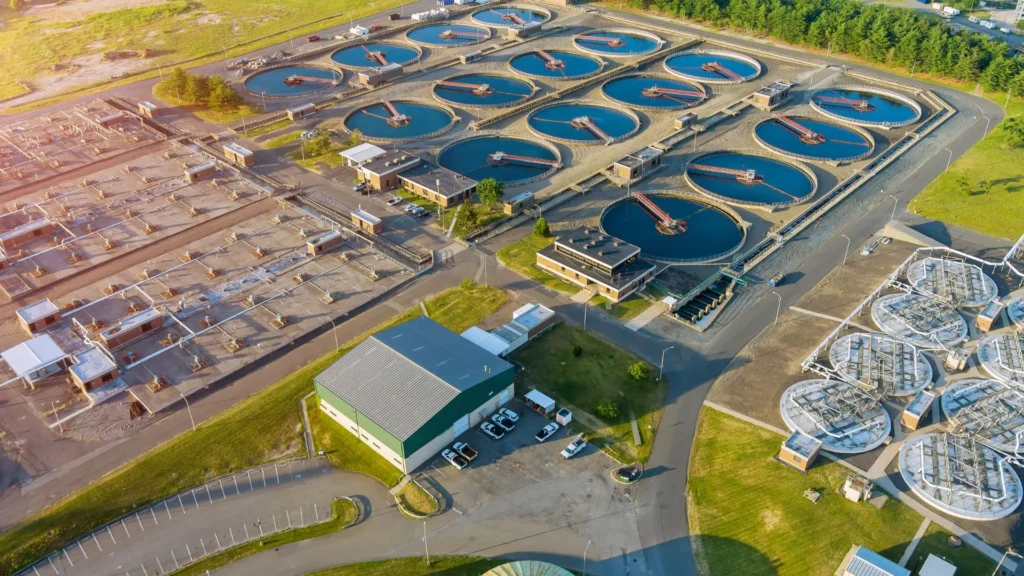
Types of Disinfection Byproducts
While disinfection is crucial for ensuring water safety, it can lead to the formation of disinfection byproducts (DBPs) through reactions with naturally occurring organic matter. Some common DBPs include trihalomethanes (THMs) and haloacetic acids (HAAs), which can have adverse health effects. A study by the World Health Organization provided insights into the types of DBPs and their potential health risks such as an increased risk of developing cancer, underscoring the significance of monitoring and mitigating their formation.
Minimizing DBP formation involves optimizing disinfection processes, using alternative disinfectants like chlorine dioxide or chloramine, and implementing effective control strategies.
Ensuring Water Quality in the Distribution
Maintaining water quality throughout the distribution system is vital to deliver safe drinking water to consumers. Chlorination plays a significant role in preventing microbial regrowth and protecting water quality during transportation.
Ensuring an adequate residual disinfectant concentration is crucial to prevent microbial contamination and maintain water quality as it travels through the distribution network.
Addressing Pipeline Corrosion
Pipeline corrosion can affect water quality and lead to costly repairs. Implementing corrosion control measures, such as corrosion inhibitors, corrosion-resistant materials and coatings, is essential to maintain the integrity of the distribution system.
Environmental Impact and Sustainability
Water treatment plants contain high service stations (pumping), which are generally significant portions of a treatment plant’s energy consumption and can contribute to greenhouse gas emissions and environmental impact. Research and innovation focus on optimizing treatment processes to reduce energy consumption.
Effective sludge management and treatment can minimize waste generation, making water treatment plants more sustainable. Research conducted by Siddiqui et al. explored innovative sludge treatment techniques, such as advanced oxidation and anaerobic digestion, for efficient sludge reduction and resource recovery.
Monitoring and Quality Control
Monitoring water quality involves assessing various parameters, including pH, turbidity, dissolved oxygen, and chemical concentrations. Continuous monitoring systems provide real-time data for better control and timely detection of anomalies.
The choice between continuous and grab sampling methods depends on specific monitoring requirements and water characteristics. Ongoing monitoring provides more detailed and continuous data, while grab sampling is suitable for particular assessments.
Adhering to regulatory standards is crucial for maintaining water safety and public health. Continuous monitoring and robust quality control practices are essential in this regard.
Emerging Technologies in Water Treatment
Nanotechnology shows promise in enhancing water treatment processes. Nanomaterials, such as nanoparticles and nanotubes, can improve filtration efficiency, remove contaminants, and enhance disinfection effectiveness.
Advanced oxidation processes, such as ozonation and photocatalysis, are effective in removing persistent contaminants and micropollutants.
Ensuring Plant Safety and Security
Risk Assessment and Mitigation
Conducting comprehensive risk assessments is an essential step in identifying potential vulnerabilities and hazards in water treatment plants. Risk assessments involve a systematic evaluation of potential threats, the likelihood of occurrence, and the potential consequences. This includes assessing risks associated with natural disasters, equipment failure, human error, and other potential hazards that could compromise the reliability and safety of the plant.
Cybersecurity Measures for Water Plants
In today’s digitally connected world, the threat of cyberattacks on critical infrastructure, including water treatment plants, is a genuine and growing concern. Cybersecurity breaches can have severe consequences, ranging from compromising sensitive data to disrupting plant operations and even jeopardizing water quality. Protecting water treatment plants from cyber threats requires robust cybersecurity measures and constant vigilance.
Transcend Design Generator (TDG) plays a pivotal role in ensuring water treatment plants are designed with safety and security in mind. By automatically integrating decisions from multiple engineering fields, TDG optimizes facility designs, enhancing resilience and mitigating potential risks.
Dealing with Natural Disasters and Emergencies
Flood Preparedness and Response
Water treatment plants must develop comprehensive flood preparedness plans tailored to their specific location and vulnerability. This includes assessing flood risks, identifying critical equipment and infrastructure susceptible to flooding, and implementing flood mitigation measures.
Earthquake Resilience Strategies
Earthquakes can cause structural damage to water treatment plants and disrupt operations, posing a significant threat to the reliability of the water supply. Implementing earthquake resilience strategies is crucial to strengthen plant infrastructure and reduce vulnerability to seismic events.
Earthquake-resilient water treatment plant design involves accounting for seismic forces during the initial planning and construction phases. Reinforcing critical structures, securing equipment, and using flexible piping systems are among the seismic design measures.
Addressing Community Concerns
Public Participation in Water Treatment
Involving the community in decision-making processes and raising awareness about water treatment efforts fosters a sense of ownership and accountability. Community engagement allows smart water utilities to gain valuable insights into public expectations and concerns, facilitating better communication and trust-building.
Addressing Water Quality Complaints
Addressing water quality complaints promptly and transparently helps build trust and confidence among consumers. By actively investigating and resolving complaints, water utilities demonstrate their commitment to providing safe and reliable drinking water.
Future of Drinking Water Treatment Plants
Innovation and Research Directions
The future of drinking water treatment lies in continuous innovation and research to develop sustainable, efficient, and cost-effective technologies. Embracing emerging technologies, optimizing existing processes, and adapting to climate change challenges will shape the evolution of water treatment facilities.
Adapting to Climate Change Challenges
Climate change poses unique challenges to water treatment plants, necessitating adaptive strategies to cope with changing water quality and availability. Research and innovation will focus on developing resilient and flexible treatment approaches to ensure water security in a changing climate.
Delivering Safe and Clean Drinking Water
The journey from source to tap involves a comprehensive and dynamic process, where water is transformed into a safe and clean resource for communities.
Through continuous research, innovation, and the adoption of cutting-edge technologies like Transcend Design Generator, we can ensure water treatment plants continue to evolve, providing the world with access to the most precious resource – safe drinking water. Together, through collaboration and commitment, we can secure a healthier, more sustainable future for generations to come.



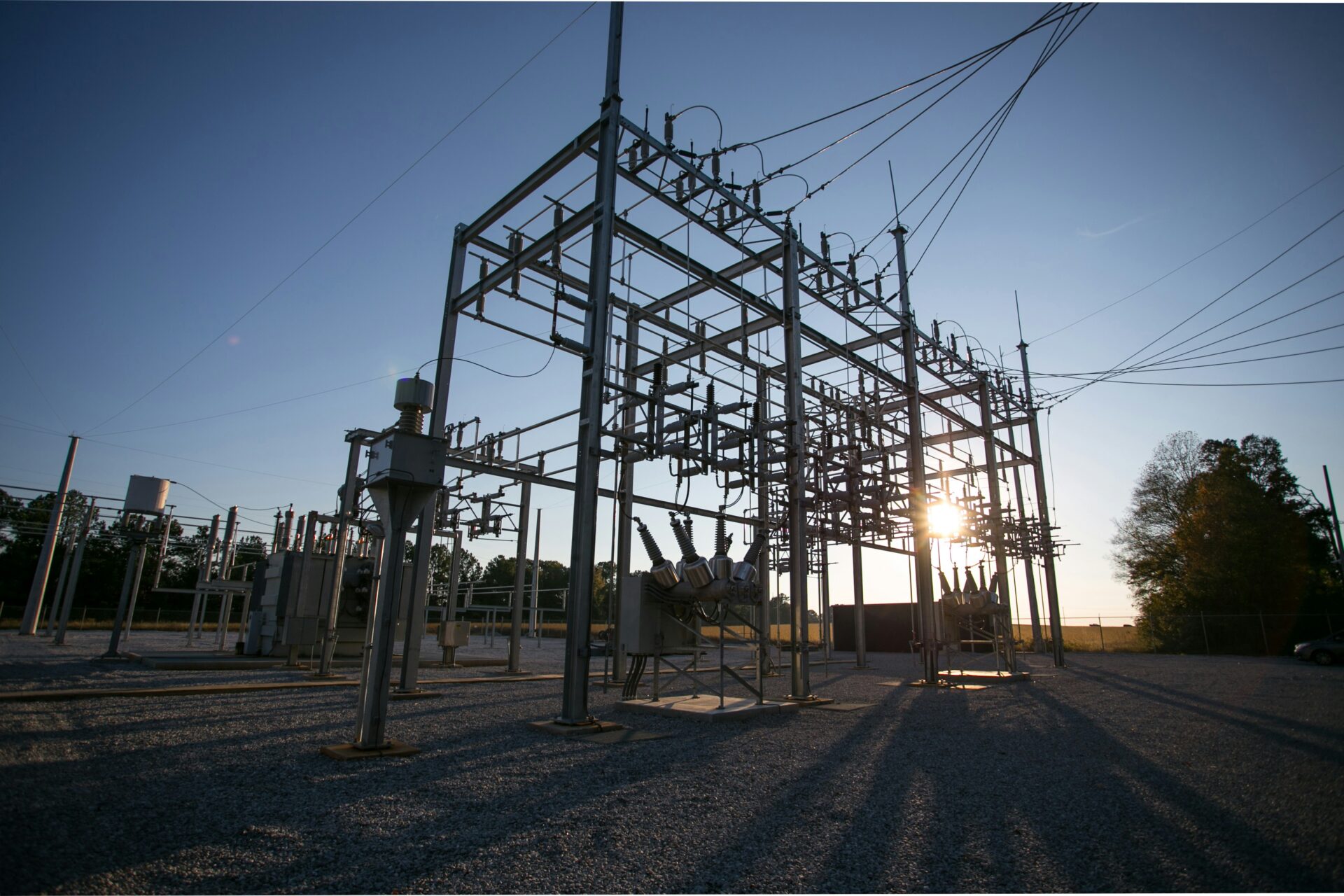
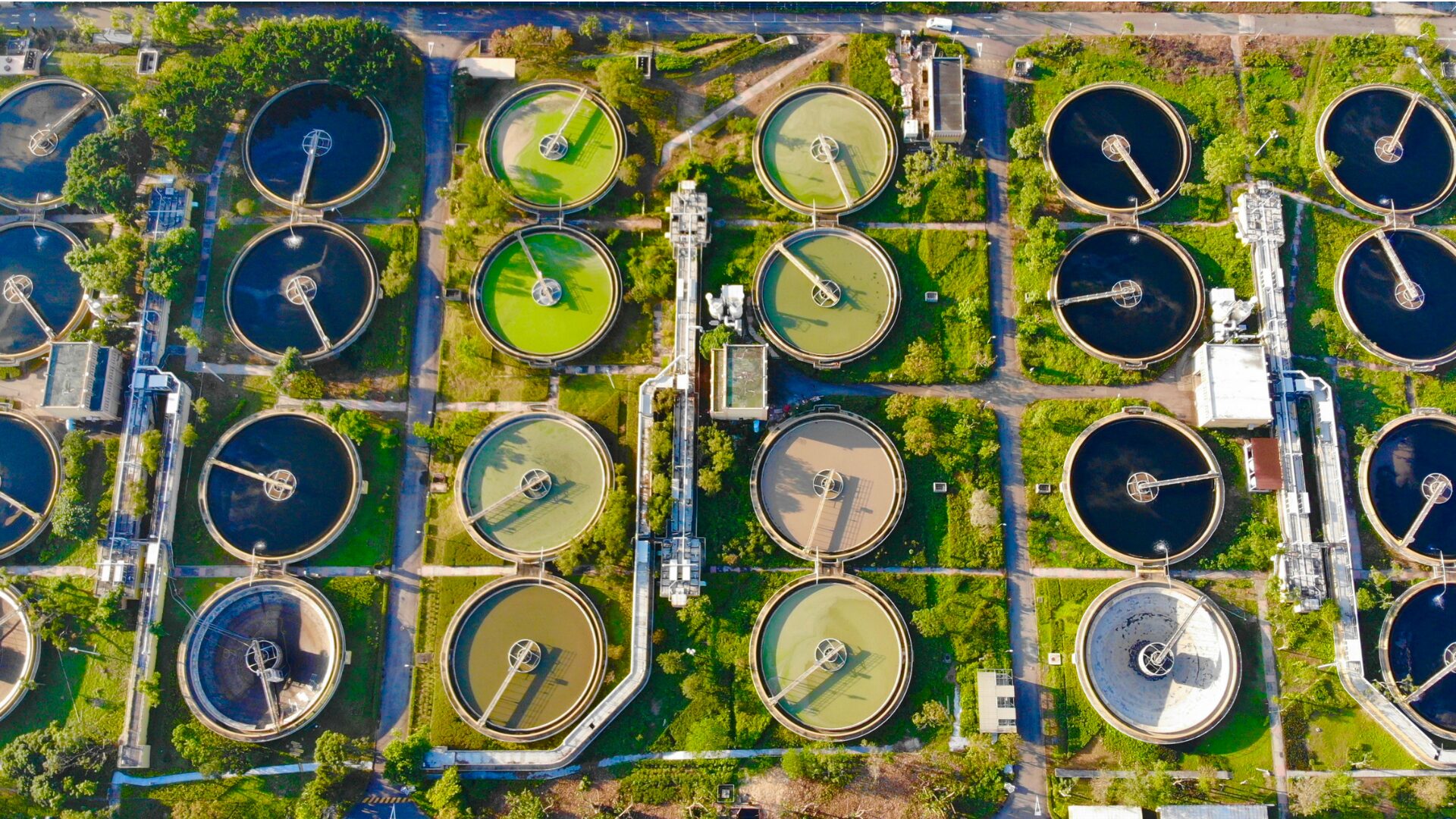

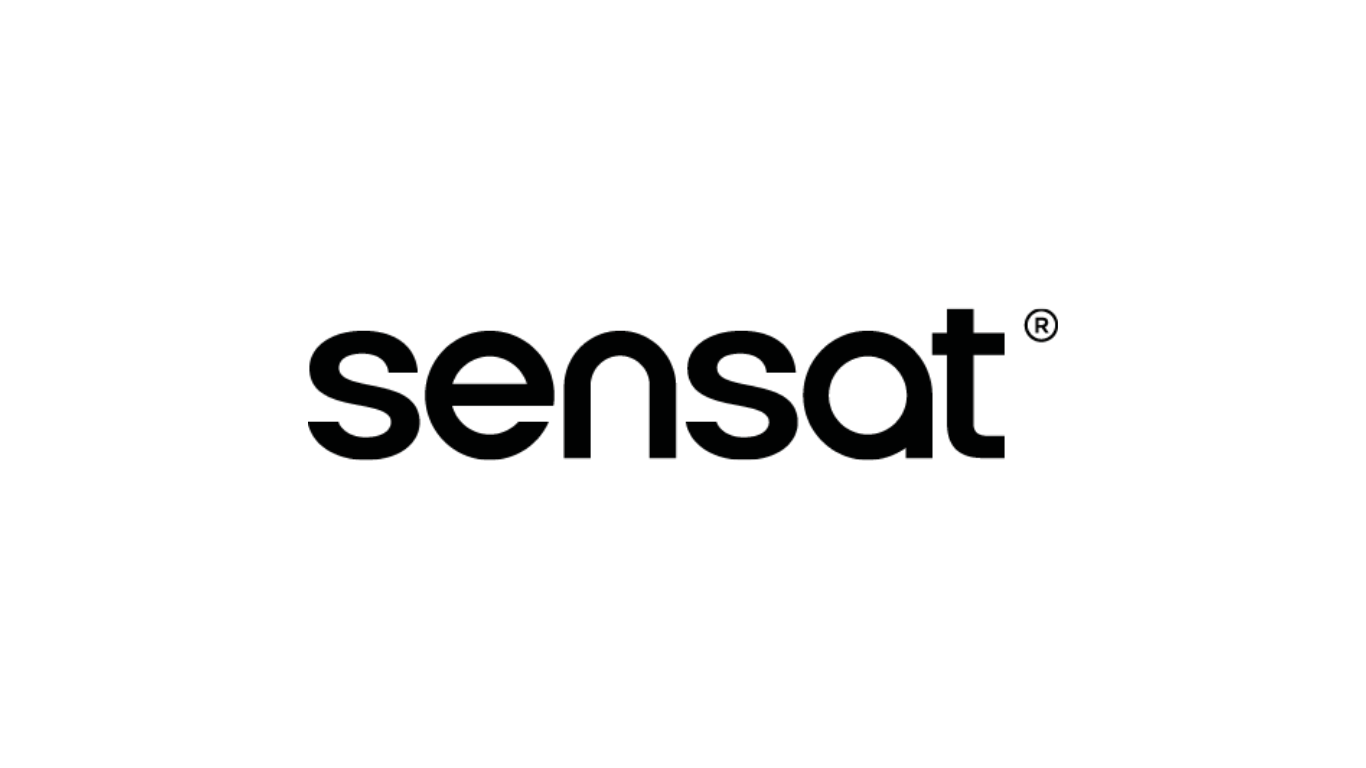
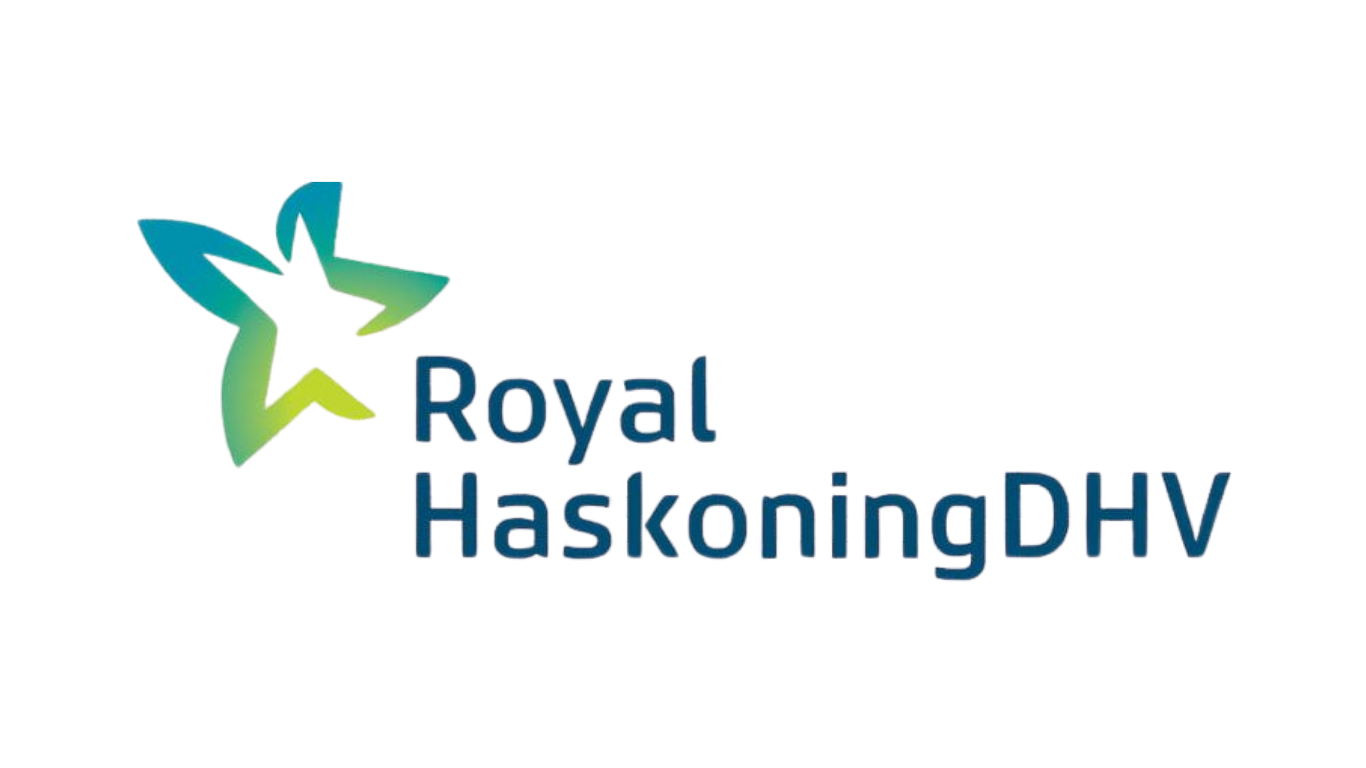
 WWTP Design
WWTP Design  Substation Design
Substation Design  Utility Interconnection Hub
Utility Interconnection Hub  White Label Proposal Generator
White Label Proposal Generator  PFAS Feasibility Study
PFAS Feasibility Study  Booster Station Design
Booster Station Design  Value Discovery Program
Value Discovery Program